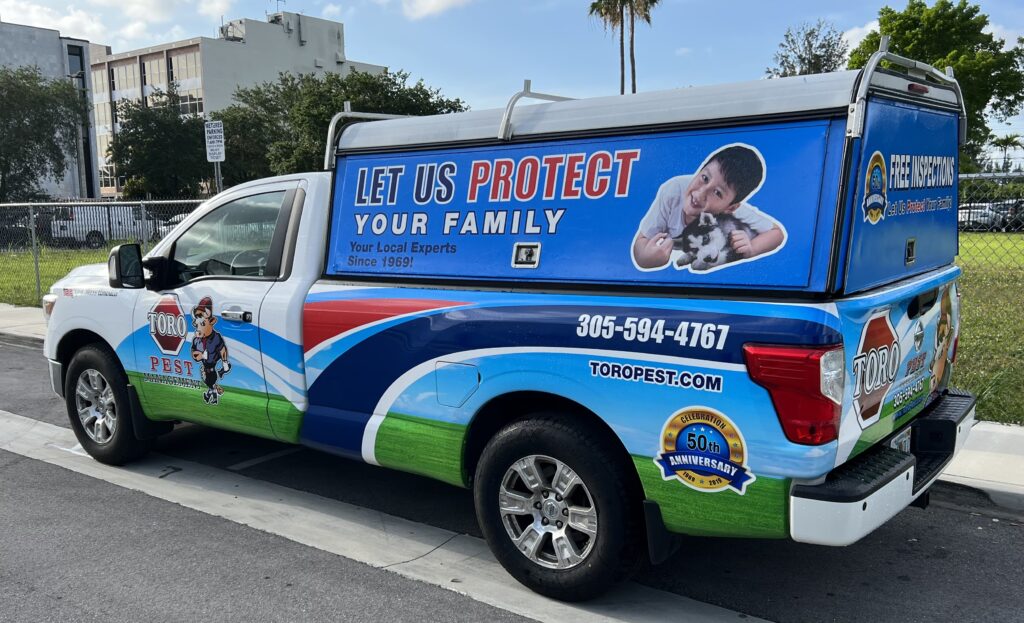The impact of an Asian subterranean termite infestation can be devastating to homeowners, both emotionally and financially. These termites are known for their voracious appetite for wood, and they can cause significant damage to a home’s structure and foundation.
Understanding the financial impact of Asian subterranean termite damage is essential for homeowners to make informed decisions about prevention and treatment.
The Cost of Asian Subterranean Termite Damage
The cost of repairing damage caused by Asian subterranean termites can vary widely depending on the extent of the damage, the size of the infestation, and the location of the home. According to the National Pest Management Association, termites cause an estimated $5 billion in property damage in the United States each year, and Asian subterranean termites are responsible for a significant portion of that damage.
Asian subterranean termites are particularly destructive because they build elaborate mud tunnels that allow them to access wood without being seen. These tunnels can extend for long distances and make it difficult to detect the extent of an infestation until significant damage has already occurred. Additionally, Asian subterranean termites are capable of chewing through wood at an alarming rate, which can lead to costly repairs if left unchecked.
Factors Affecting the Cost of Repairs
Several factors can influence the cost of repairing damage caused by Asian subterranean termites. These include:
- Size of the Infestation: Larger infestations generally require more extensive repairs and treatments, which can drive up costs.
- Location of the Damage: Damage to critical components of a home’s structure, such as the foundation or load-bearing walls, can be particularly costly to repair.
- Time Since Infestation: The longer an infestation goes undetected, the more damage termites can cause, and the more expensive repairs will be.
Preventing Termite Damage
Prevention is the key to avoiding the high cost of termite damage. Homeowners can take several steps to reduce the risk of an Asian subterranean termite infestation, including:
- Regular Inspections: Regular inspections by a qualified pest control professional can help detect termite activity early, before significant damage has occurred.
- Eliminate Moisture: Termites require moisture to survive, so eliminating sources of excess moisture in and around the home can make it less attractive to termites.
- Remove Wood-to-Soil Contact: Termites can access wood through direct contact with the soil, so removing wood-to-soil contact around the foundation of the home can help prevent infestations.
Treatment Options
If an Asian subterranean termite infestation is detected, several treatment options are available, including:
- Soil Treatments: This involves applying a liquid termiticide to the soil around the home, creating a barrier that termites cannot cross.
- Bait Systems: Bait systems use specially designed bait stations to attract termites and eliminate the colony.
- Barrier Treatments: This involves applying a chemical barrier around the foundation of the home to prevent termites from entering.
In conclusion, the financial impact of Asian subterranean termite damage can be significant, with repairs potentially costing homeowners thousands of dollars.
However, by taking proactive steps to prevent infestations and treating them promptly if they occur, homeowners can avoid the high cost of termite damage and protect their home’s value. Regular inspections and treatment by a qualified pest control professional are key to keeping homes free from termite damage.



